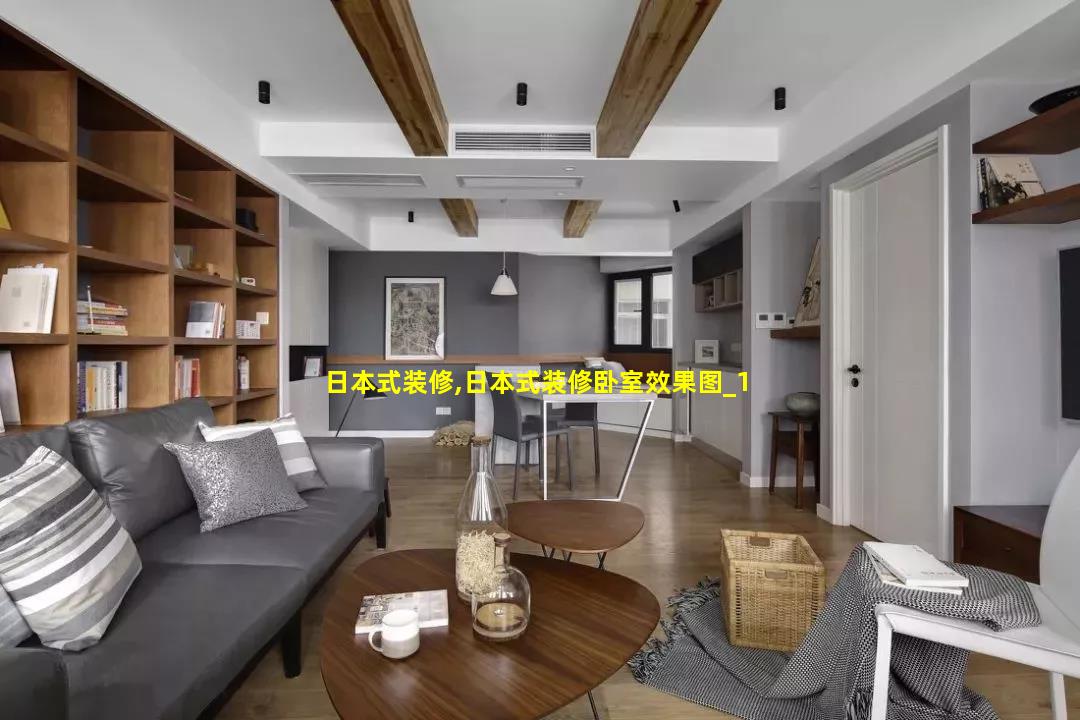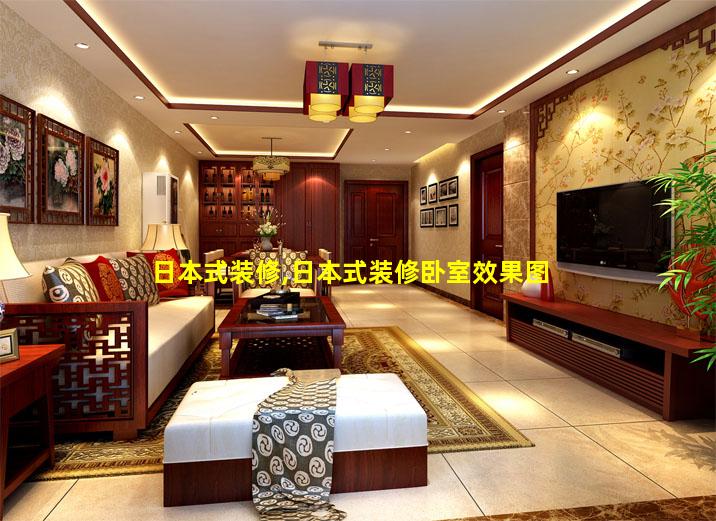日本式装修,日本式装修卧室效果图
- 作者: 白智雅
- 发布时间:2024-07-11
1、日本式装修
日本式装修风格
日本式装修风格以其简洁、禅意和贴近自然的特点而闻名。它融合了传统日本设计元素和现代简约理念,营造出一种 ????? ??? ? ?????? ???? ?????.
关键特点:
自然材料:木材、石头、纸张和 бам?? 被大量使用,营造出温暖、质朴的感觉。
朴素的色彩:大地色调,如白色、米色、棕色和绿色,营造出一种宁静的氛围。
开放式布局:宽敞的房间,滑动隔断和宽大的窗户营造出空间感和与自然的联系。
低调的装饰:强调功能性,装饰品很少,注重线条和纹理。
自然光:大窗户和天窗可以让自然光充分进入,创造出明亮通风的空间。
榻榻米:稻草榻榻米垫子经常用于地板,营造出舒适和温暖。
日式花园:外部庭院或阳台通常包含日式元素,如石灯笼、耙过的砾石和 Bonsai 树。

主要元素:
Fusuma 和 Shoji:滑动的木制或纸质隔断,用于分隔房间或提供隐私。
Tokonoma:壁龛,用于展示艺术作品或插花。
Noren:布帘,悬挂在入口处或房间隔断上。
Tatami:稻草榻榻米垫子,覆盖地板并提供舒适。
Ofuro:独立式木制浴缸,用于放松和净化。
Irori:位于房间中央的嵌入式火坑,用于取暖和烹饪。
现代影响:
现代日本式装修风格仍然保留了传统元素,但加入了现代简约和功能性。特点包括:
几何线条:干净利落的线条和锐角营造出现代感。
内置家具:定制的内置家具创造出节省空间和整洁的空间。
智能家居技术:整合技术,以提高便利性,如智能照明和自动窗帘。
可持续材料:注重使用可持续性和环保材料。
适用的空间:
日本式装修风格适用于各种空间,包括:
住宅
酒店
度假村
水疗中心
茶馆
2、日本式装修卧室效果图
3、日本式装修卫生间管道
日本式浴室管道特点
日本式浴室管道具有以下特点:
墙内管道:大多数管道都隐藏在墙壁内,提供干净美观的表面。
耐震性:管道使用耐震材料和安装技术,以承受地震。
耐腐蚀性:管道采用不锈钢或塑料制成,以防止腐蚀。
防漏性:管道接头使用可靠的密封件,以防止漏水。
高效排污:管道直径较大,并且坡度设计合理,以确保高效排污。
日本式浴室管道安装要求
安装日本式浴室管道时,需要考虑以下要求:
许可证:可能需要取得必要的建筑或管道许可证。
管道材料:管道必须符合日本工业标准 (JIS) 或同等标准。
管道尺寸:管道直径必须足够大,以确保适当的排污。
管道坡度:管道必须安装在适当的坡度上,以防止堵塞。
密封件:管道接头必须使用可靠的密封件,以防止漏水。
固定件:管道必须牢固固定,以承受地震和其他力。
日本式浴室管道安装步骤
安装日本式浴室管道一般包括以下步骤:
1. 规划:确定管道布局,选择管道材料和尺寸。
2. 切割和接合:根据规划切割管道,并使用适当的接合方法(例如焊接、粘合或卡箍)将其连接。
3. 安装固定件:使用夹子、托架和吊架固定管道,以确保其牢固并抵抗地震。
4. 测试:使用压力测试仪测试管道是否漏水或堵塞。
5. 覆盖:使用墙板或石膏板覆盖管道,以提供干净的表面。
注意:安装日本式浴室管道时,始终建议聘请合格的管道工。
4、日本式装修风格效果图
Key Elements:
1. Simplicity: Japanesestyle interiors are typically simple and uncluttered with few decorative objects or unnecessary furnishings. Simple lines and understated elegance are preferred.
2. Natural materials: Natural materials, such as wood, stone, bamboo, paper, and tatami mats are commonly used in Japanesestyle interiors. These materials bring a sense of warmth and tranquility to the space.
3. Neutral colors: Neutral colors, such as white, beige, and gray, are often used in Japanesestyle interiors. These colors create a sense of serenity and allow the natural beauty of the materials to shine through.
4. Shoji screens: Shoji screens are traditional Japanese sliding doors made of translucent paper. They allow light to filter through while still providing privacy. Shoji screens can be used to divide rooms or create a more private space.
5. Tatami mats: Tatami mats are made of woven rush grass and are a traditional flooring material in Japanese homes. They provide a comfortable and durable surface to sit or sleep on.
6. Tokonoma: A tokonoma is a recessed alcove in the wall that is used to display a scroll, flower arrangement, or other object of art. The tokonoma is a focal point of the room and creates a sense of tranquility.
7. Fusuma: Fusuma are sliding doors made of opaque paper. They are used to divide rooms or create a more private space. Fusuma are often decorated with traditional Japanese designs.
8. Zen garden: A zen garden is a miniature landscape that is designed to create a sense of peace and tranquility. Zen gardens are often found in Japanese homes and temples.
9. Wabisabi: Wabisabi is a Japanese aesthetic that celebrates the beauty of imperfection and transience. Wabisabi interiors often feature natural materials with visible imperfections.
10. Ikebana: Ikebana is the Japanese art of flower arrangement. Ikebana arrangements are often used to decorate Japanese homes and temples.


.jpg)
.jpg)